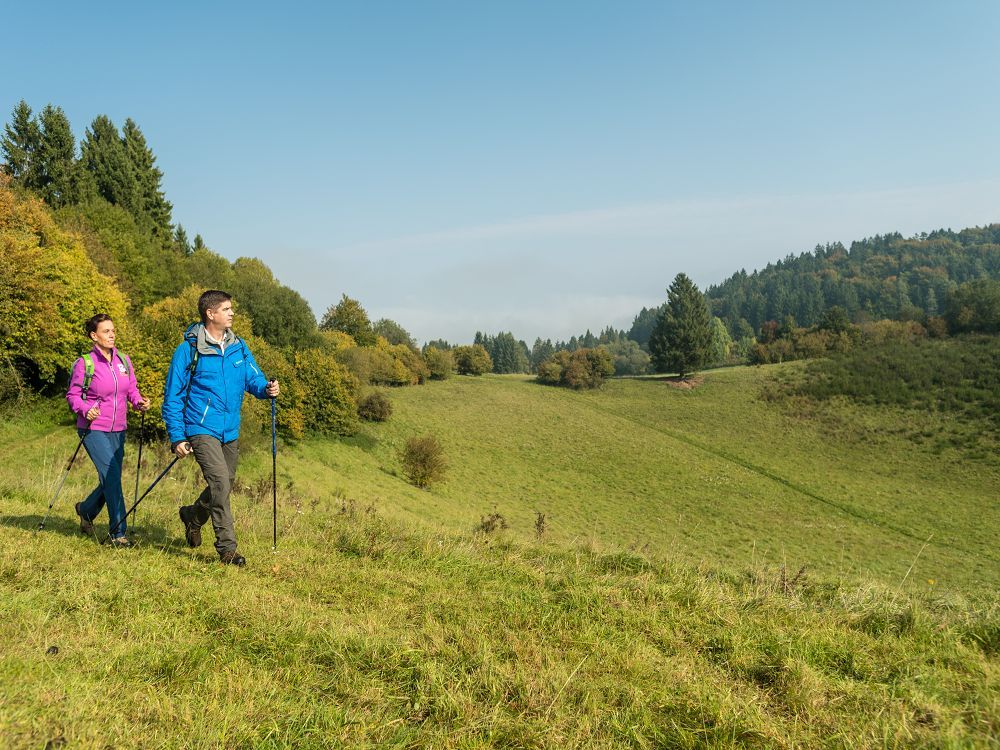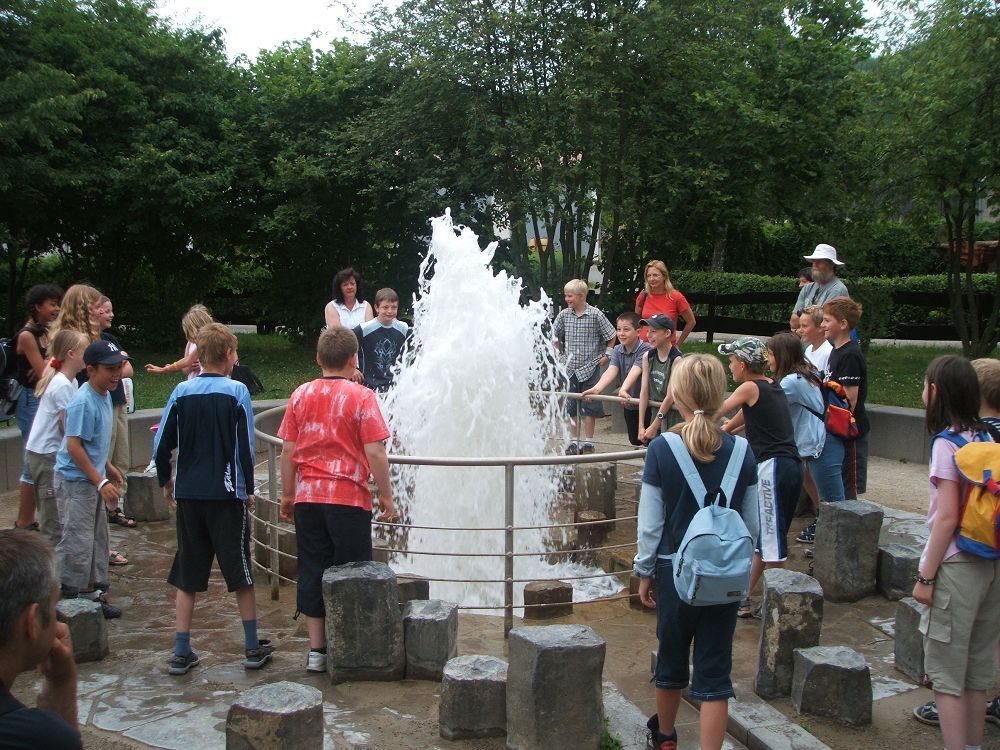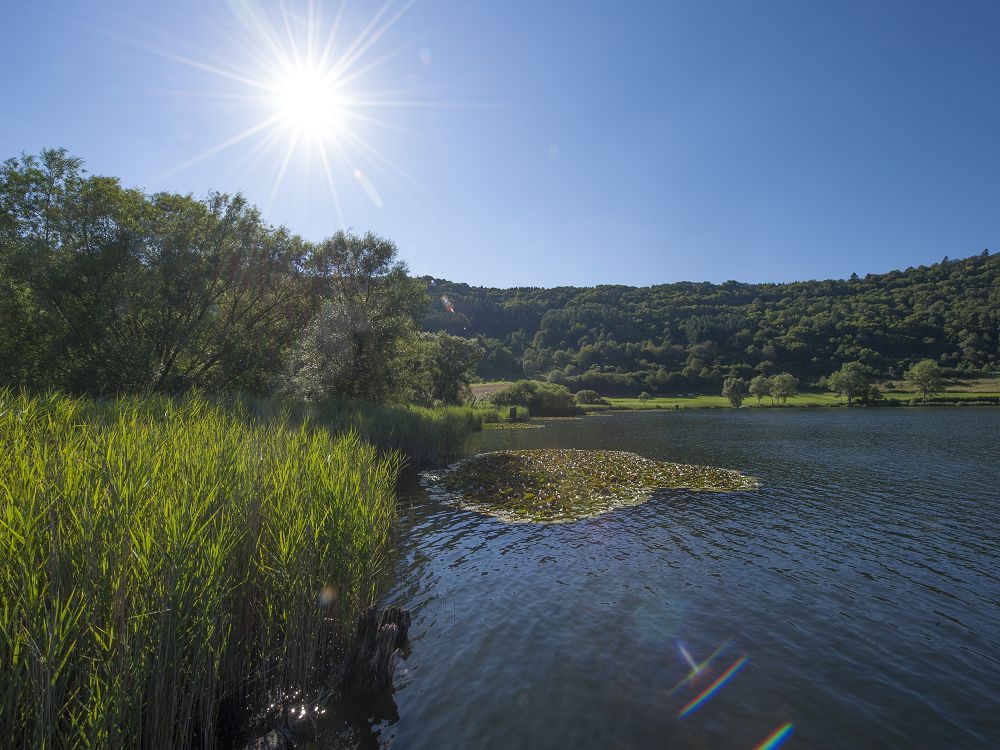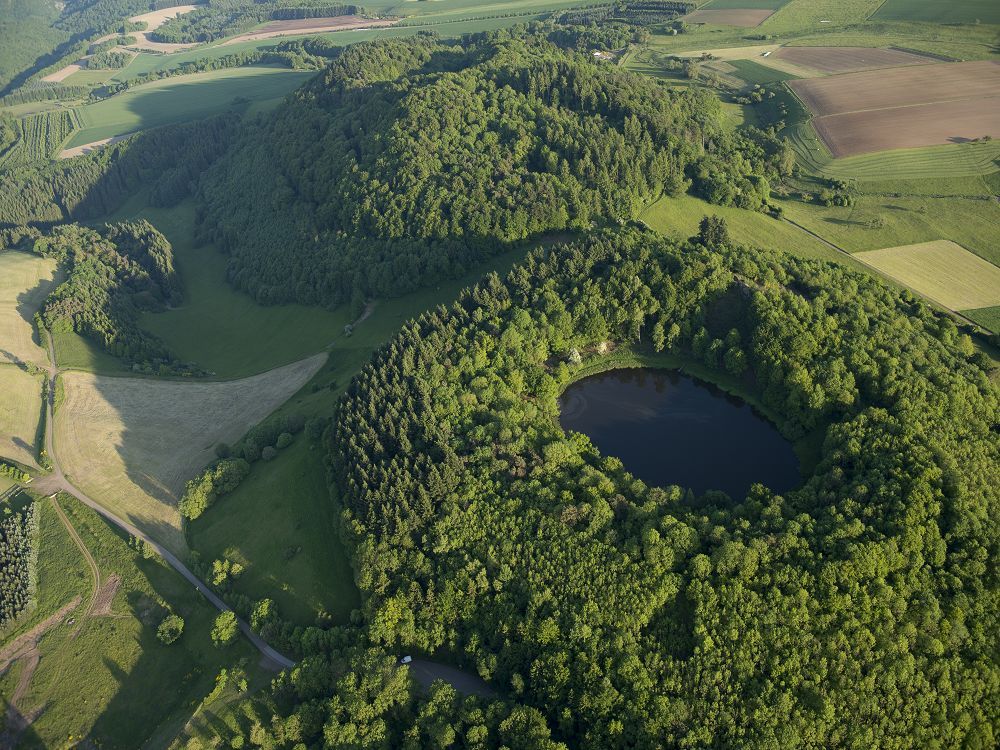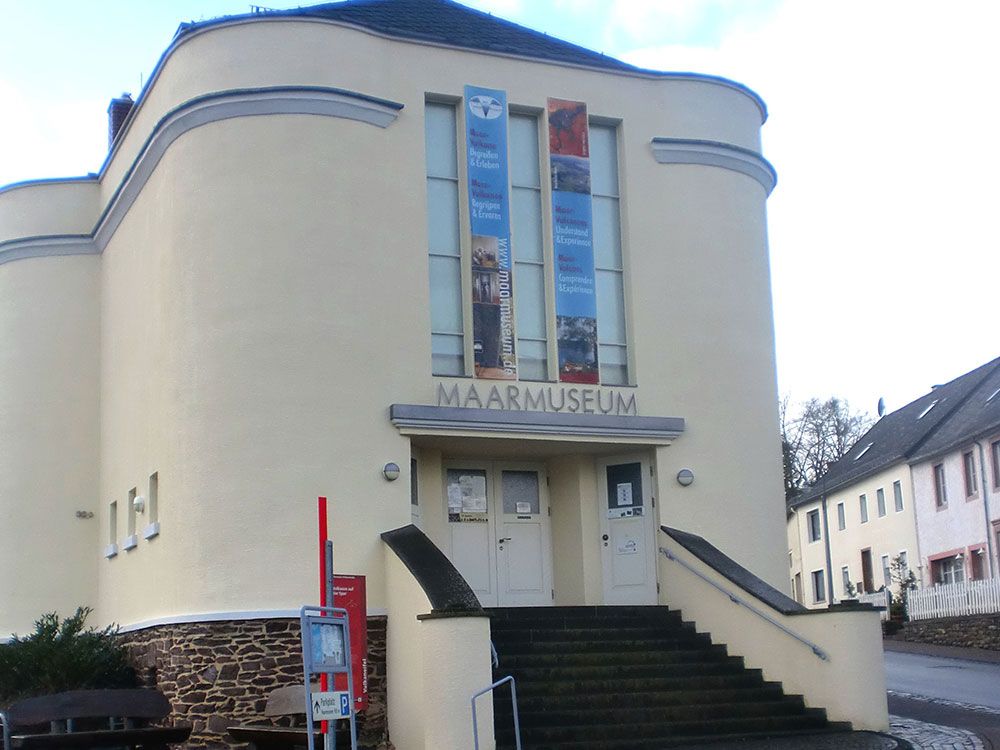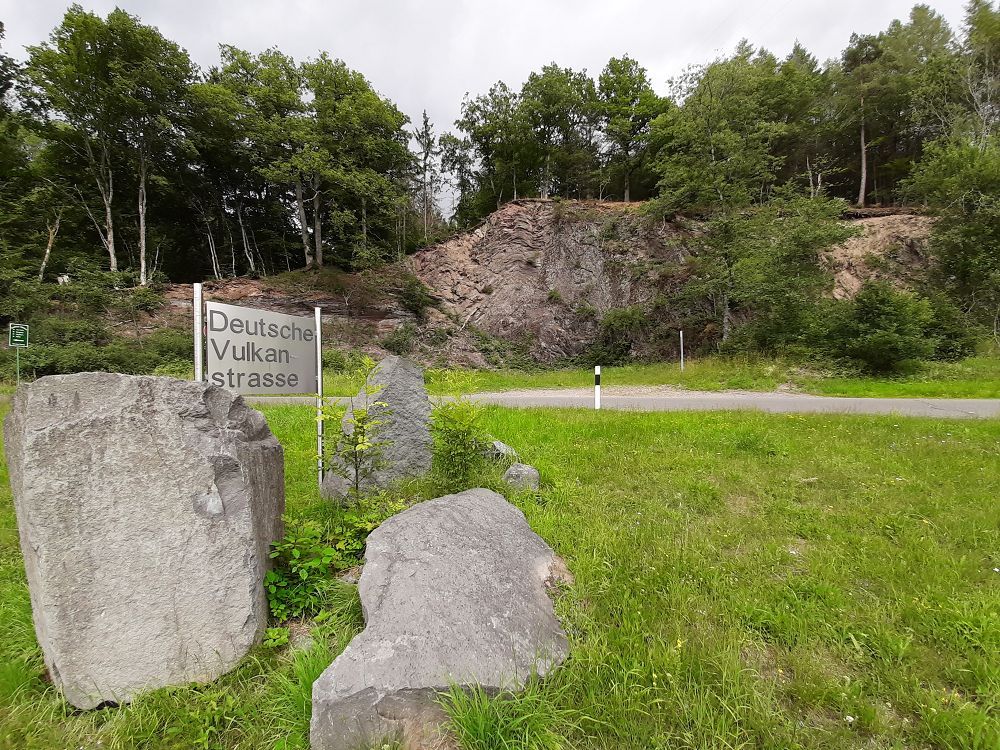2. Maria Laach: A monastery and volcanoes - what is the connection?
2. Maria Laach: A monastery and volcanoes - what is the connection?
In the case of the Monastery Maria Laach, it is a very close one! Our tip: We suggest following a two-kilometre long geological trail which leads from the monastery to the former Naturkundemuseum (Natural History Museum). Along the trail you can find out about volcanic rocks, how they were formed and how they have been used. Anyone who looks out over this magnificent landscape - the lake basin and the tree-covered hills surrounding it - may find it hard to believe that a volcano erupted here nearly 13,000 years ago. It threw more material into the air than Vesuvius (79 CE) or Mount St. Helens (1980), and buried much of the surrounding area under piles of volcanic ash several metres high.
The ash became consolidated to form a stone which is called tuff. This was used as the main building material in the construction of the monastery and the imposing abbey church, which is regarded as a fine example of German Romanesque architecture. In addition to the reddish, multicoloured or yellowish tuff stone, the blackish porous basalt stone was also quarried from the Eifel and used for plinths, ledges and other elements to structure the walls.
The original plan had been to use red sandstone for that, but then it was decided to use basalt from nearby Mayen or Mendig, because this could be obtained more easily and cheaply.
 English (UK)
English (UK)  Deutsch
Deutsch 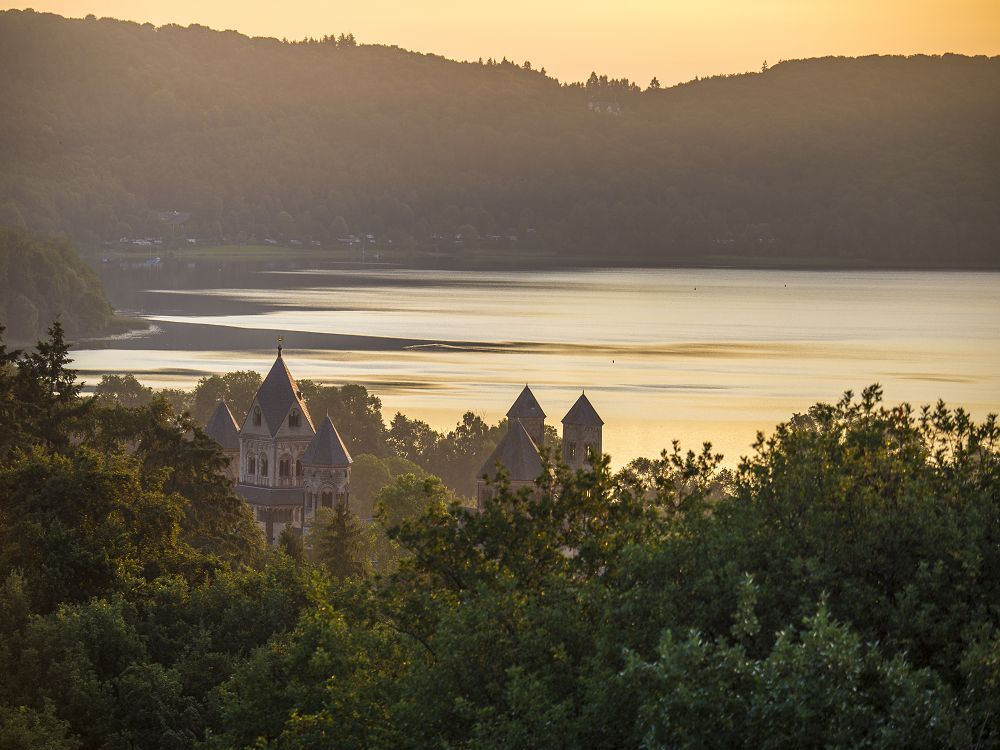
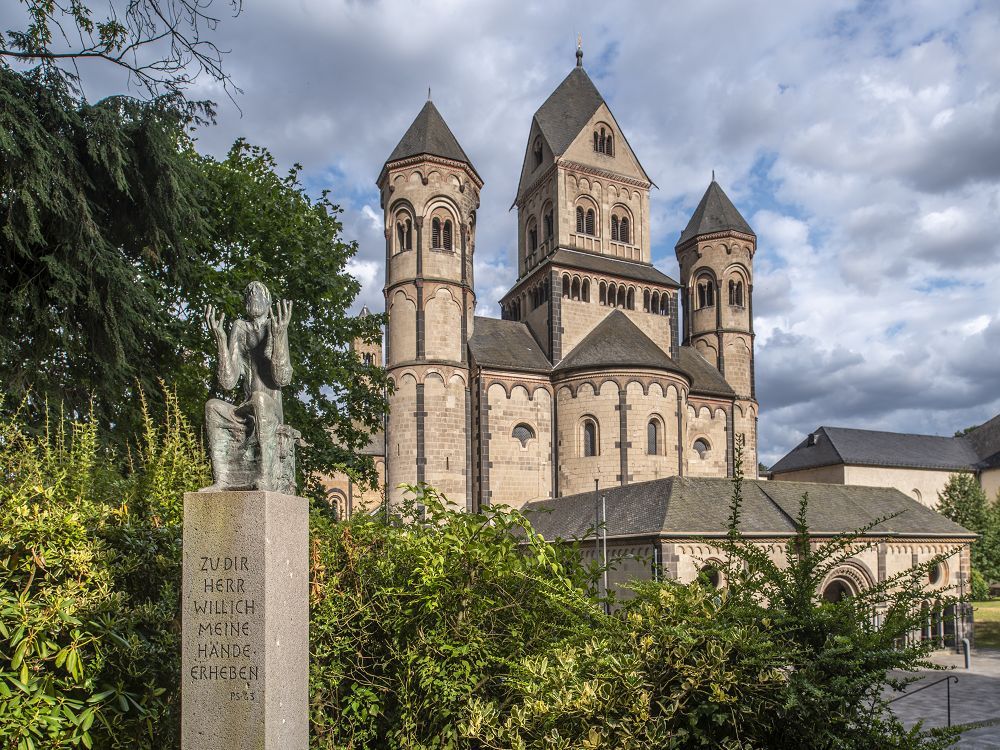
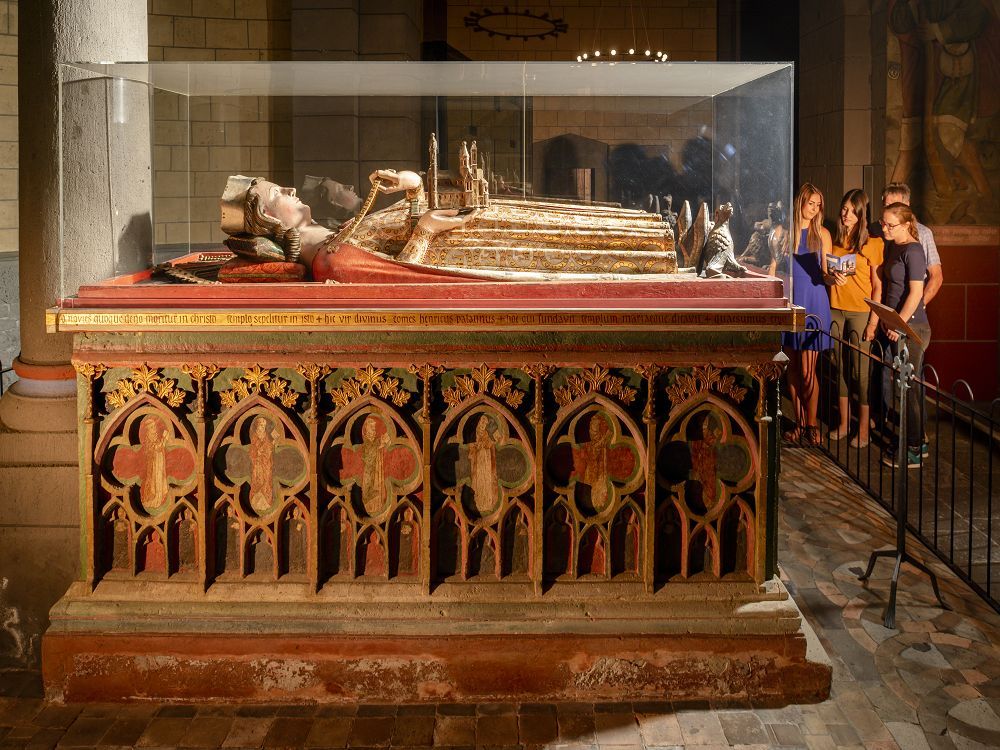
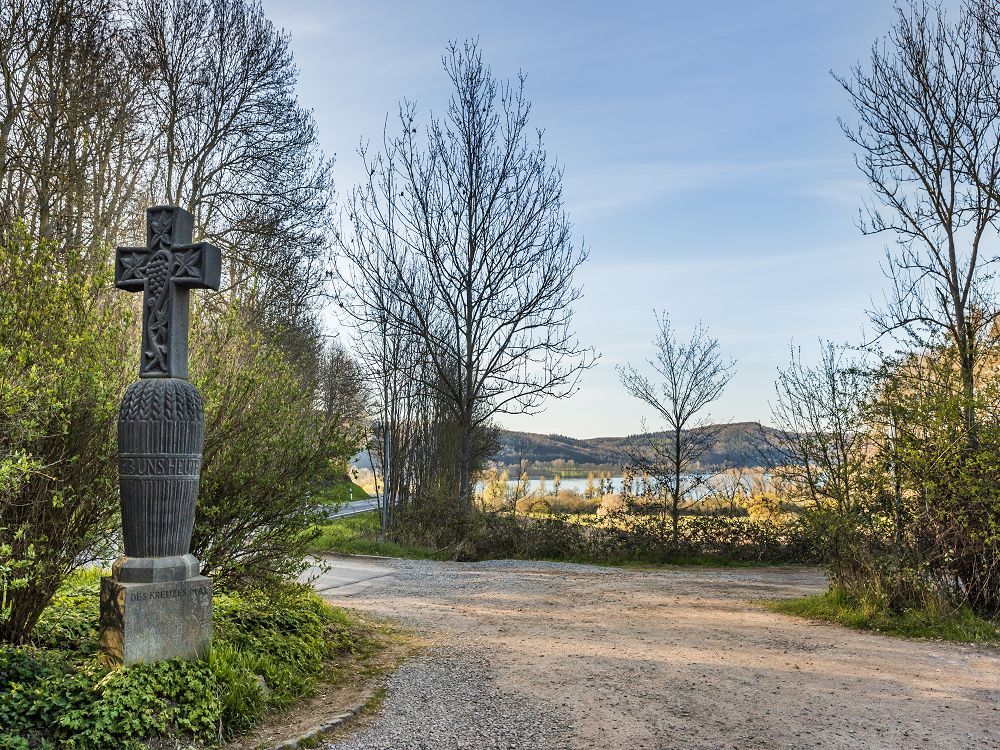
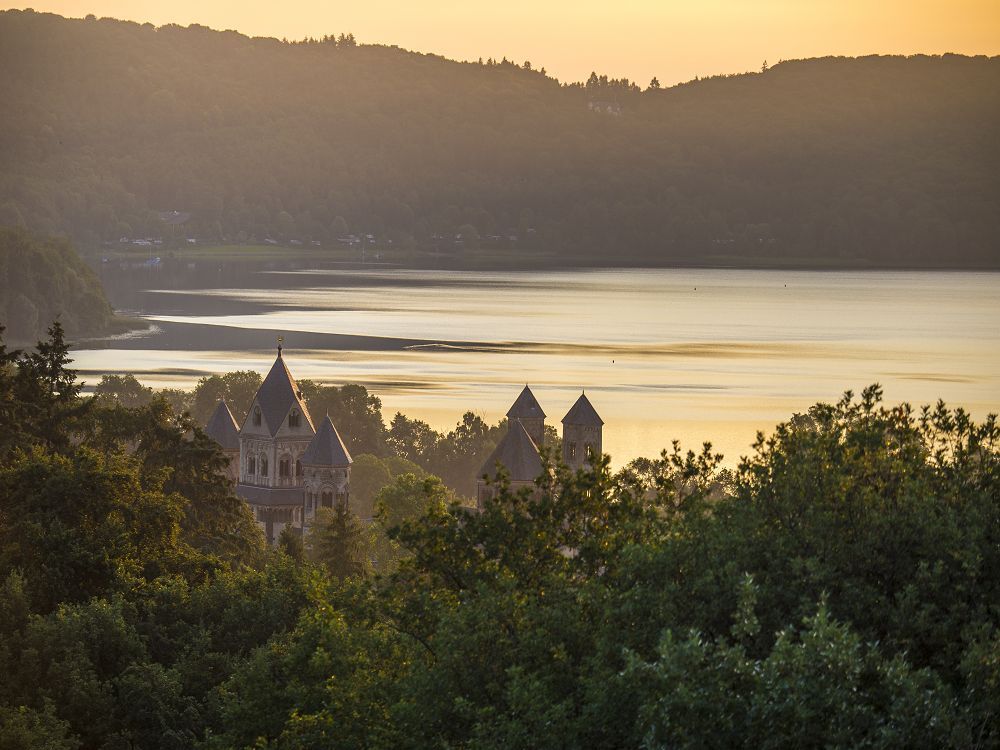
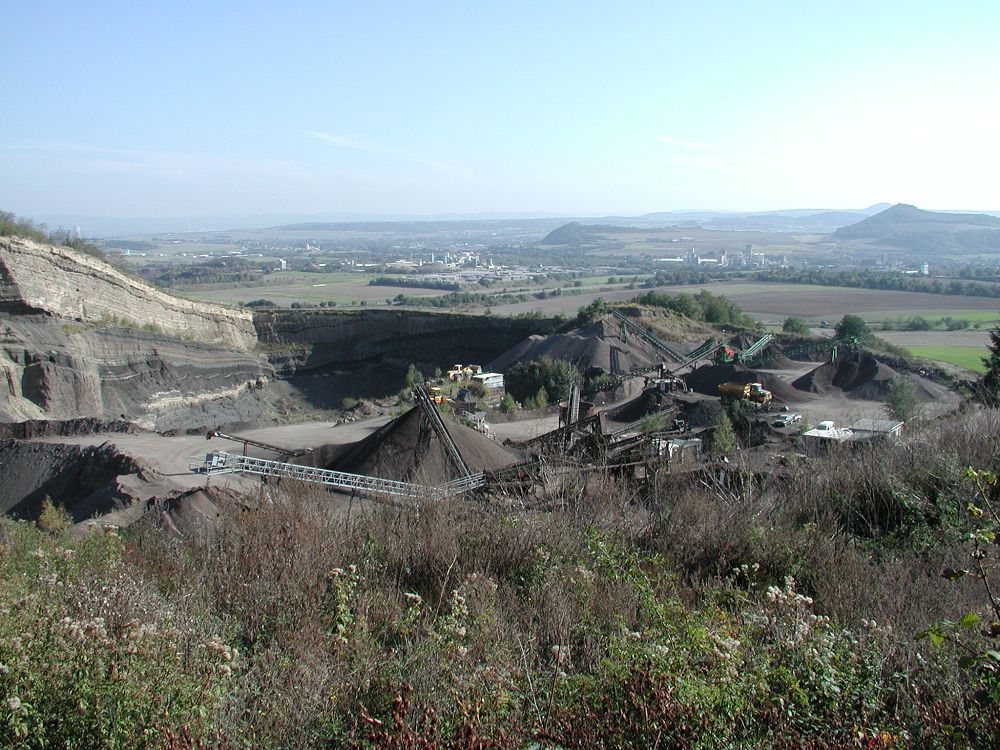
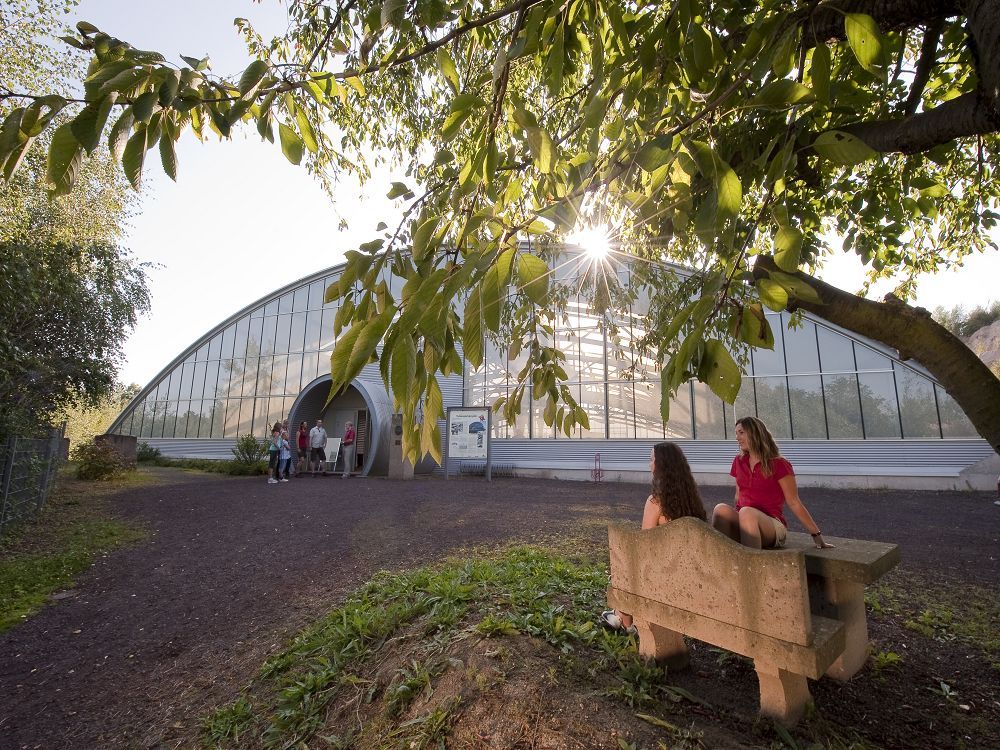
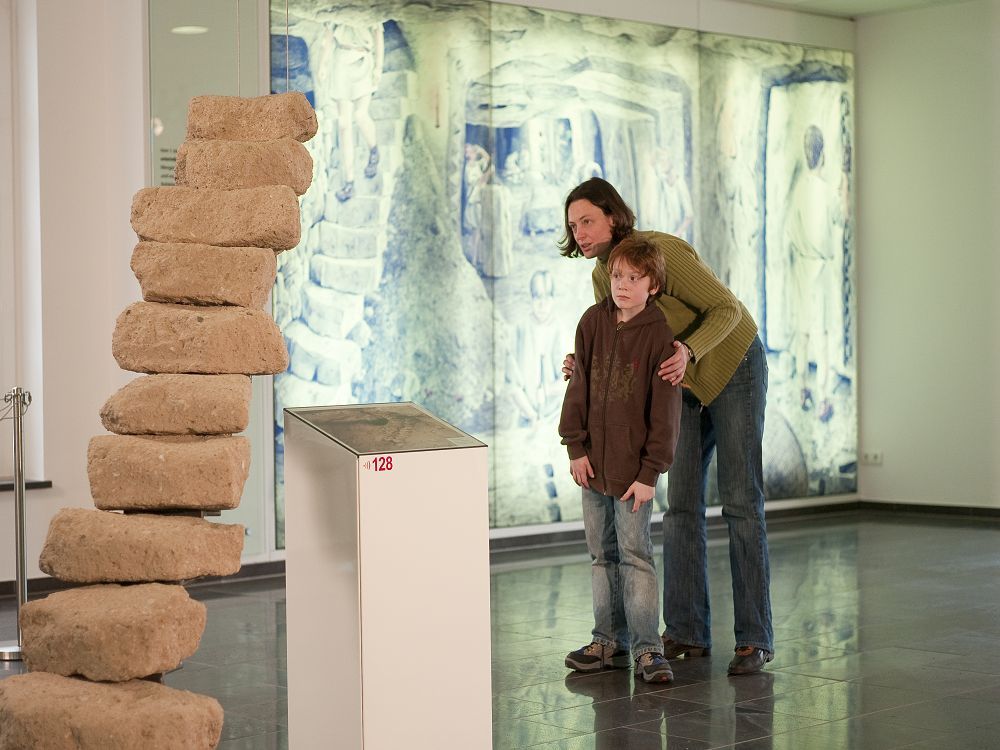
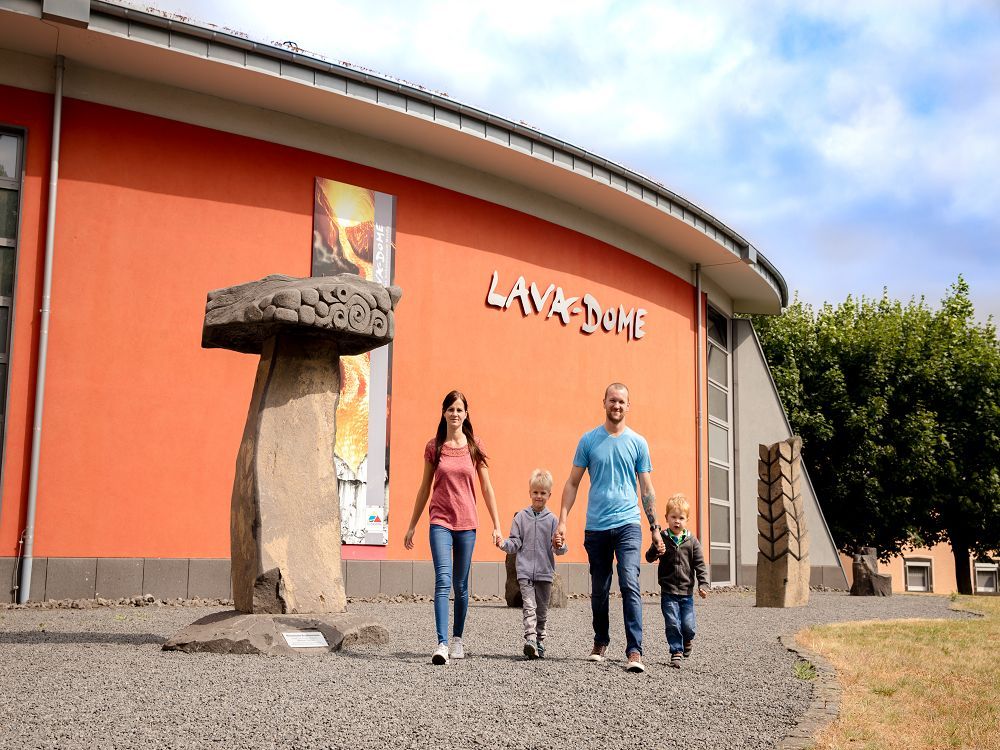
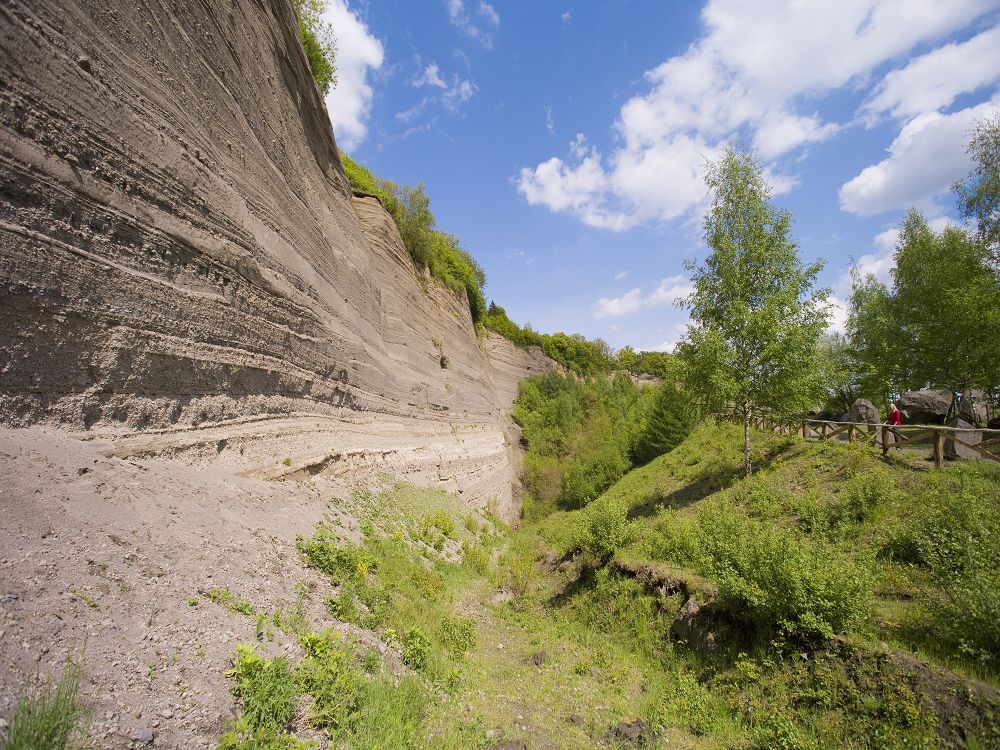
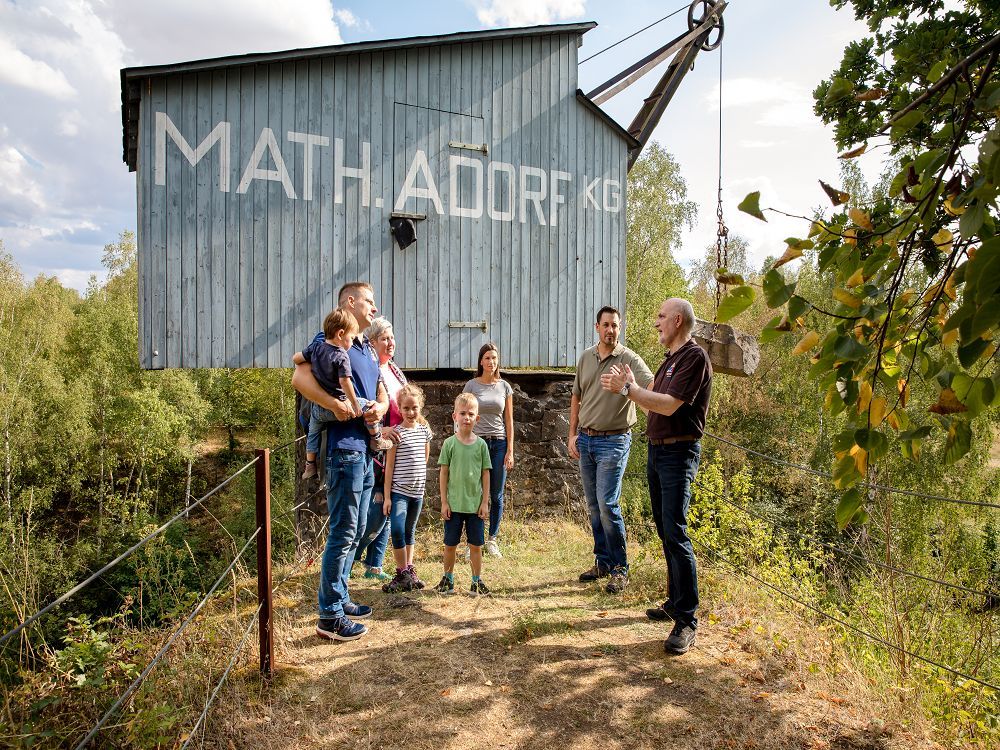
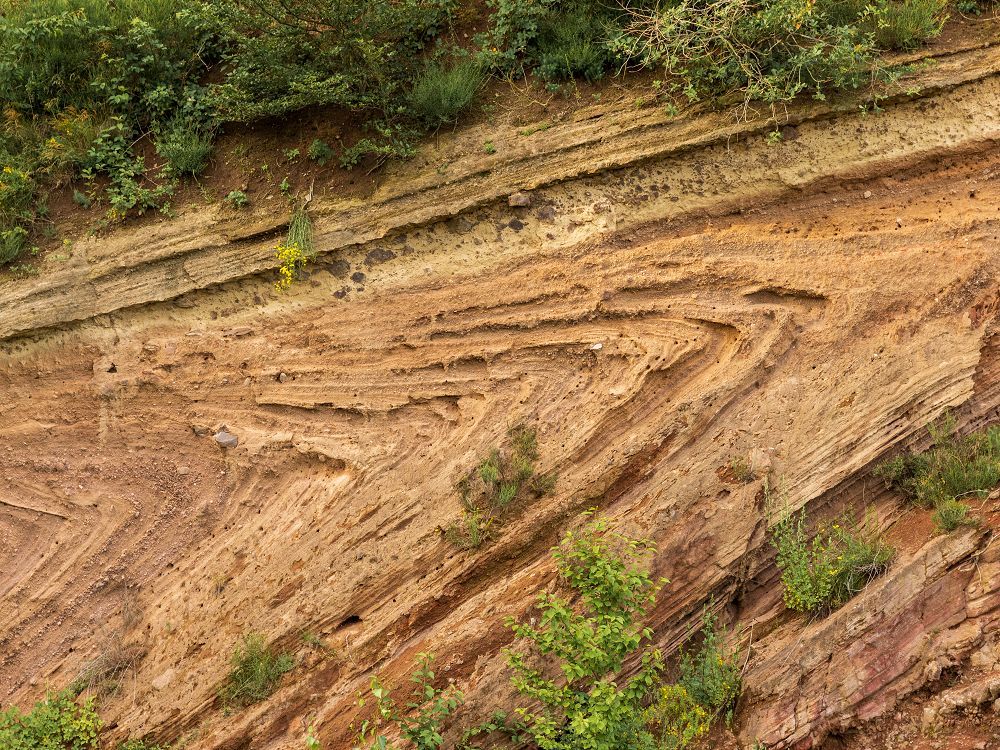
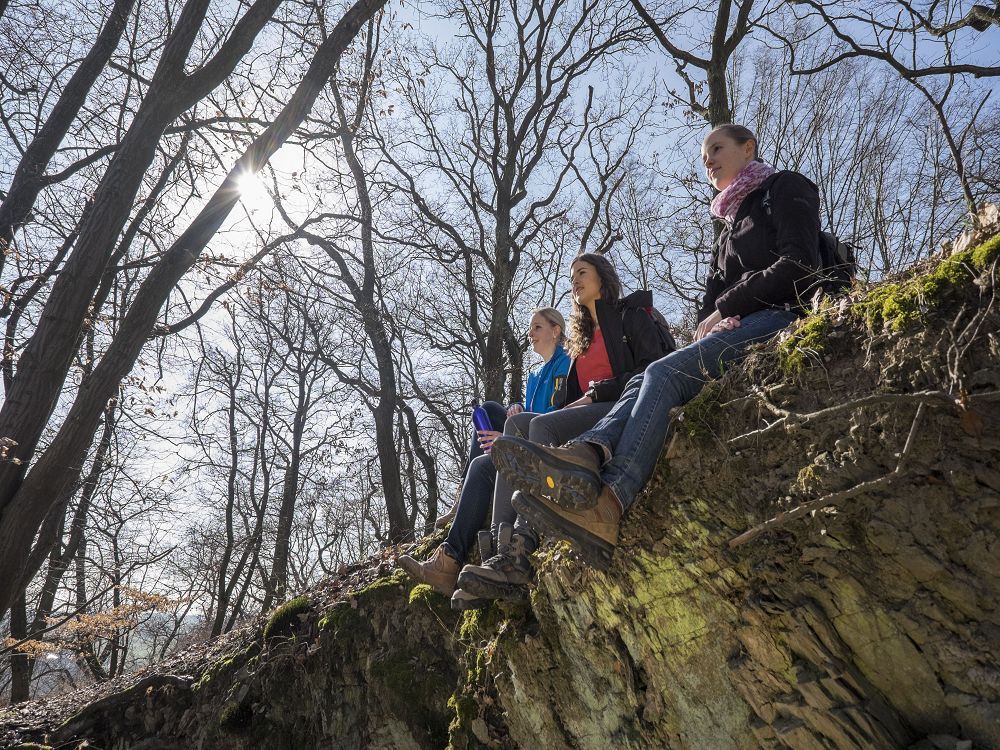
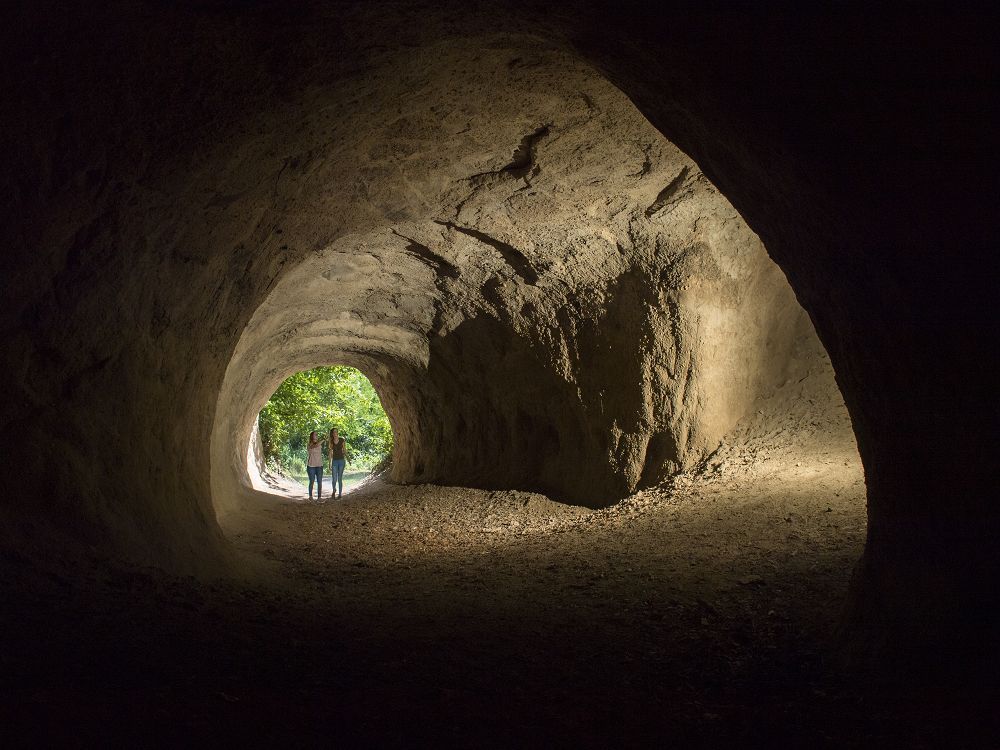
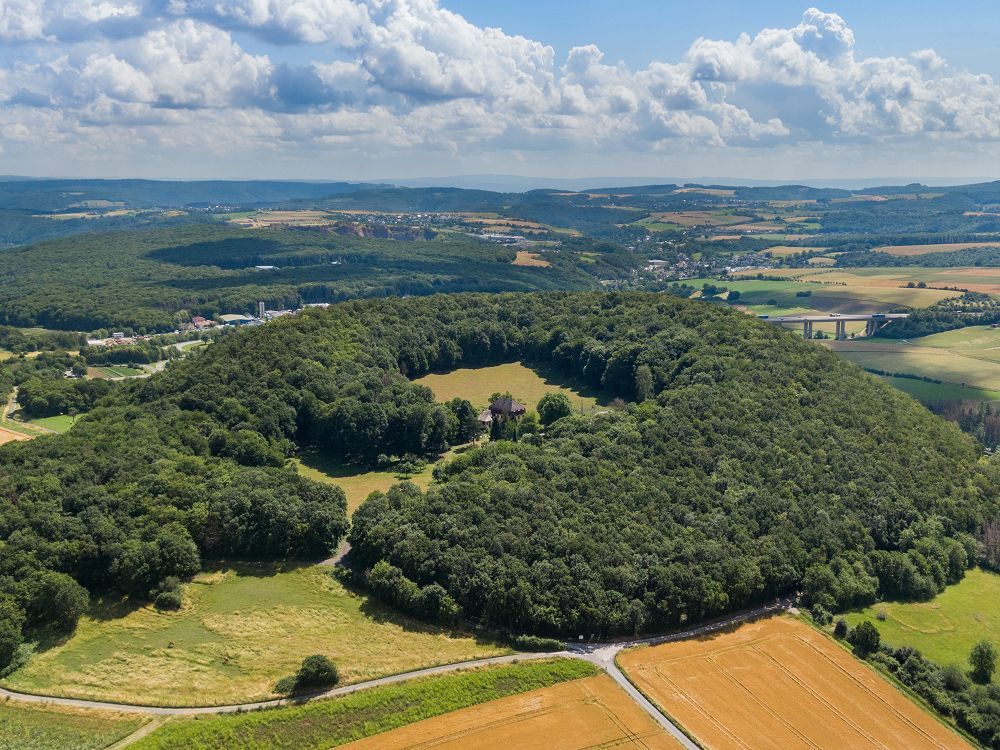
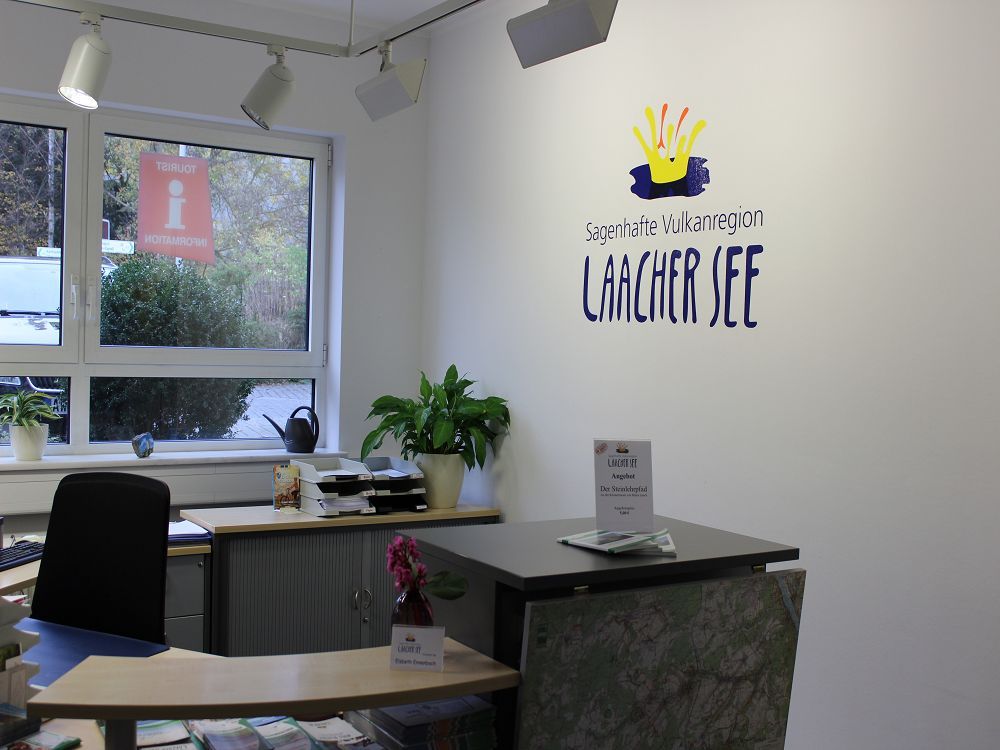
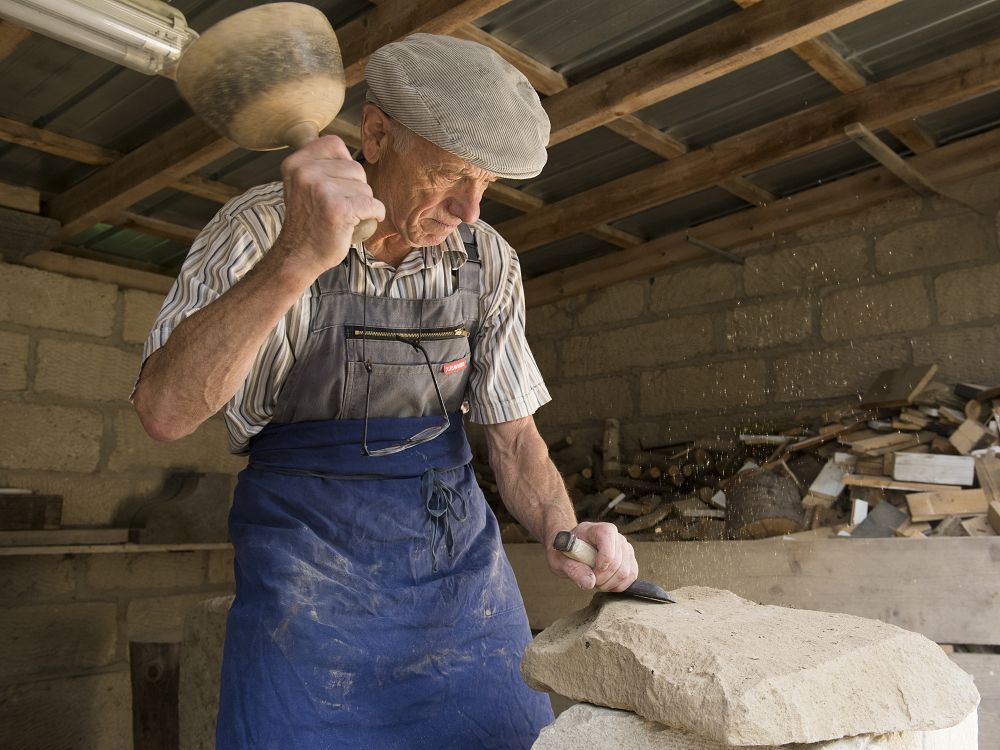
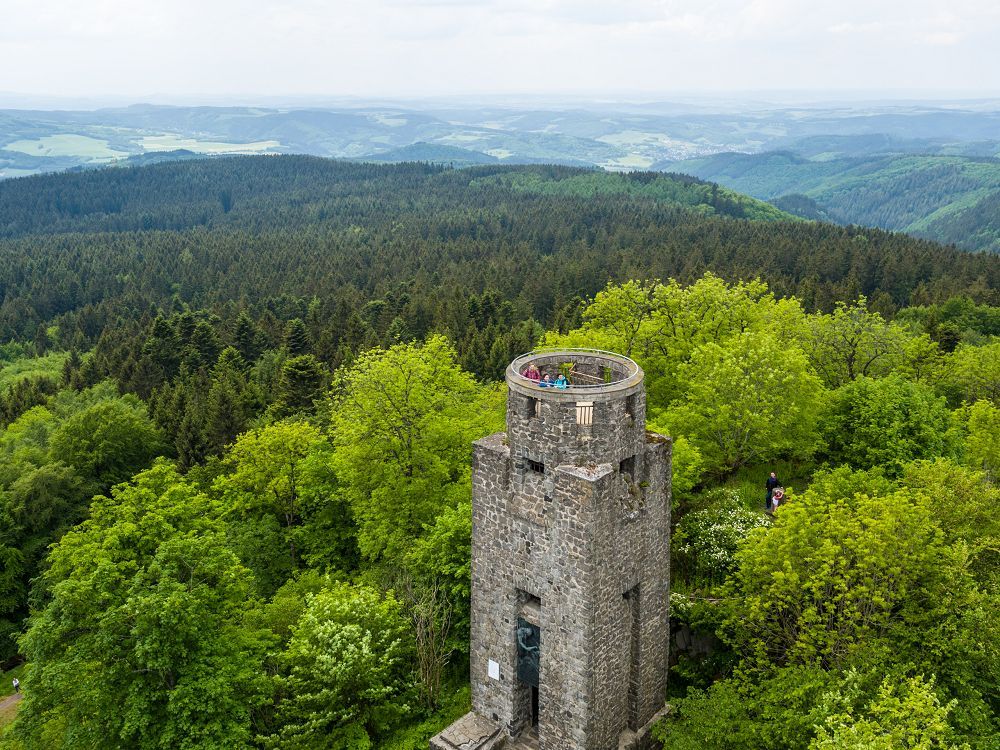
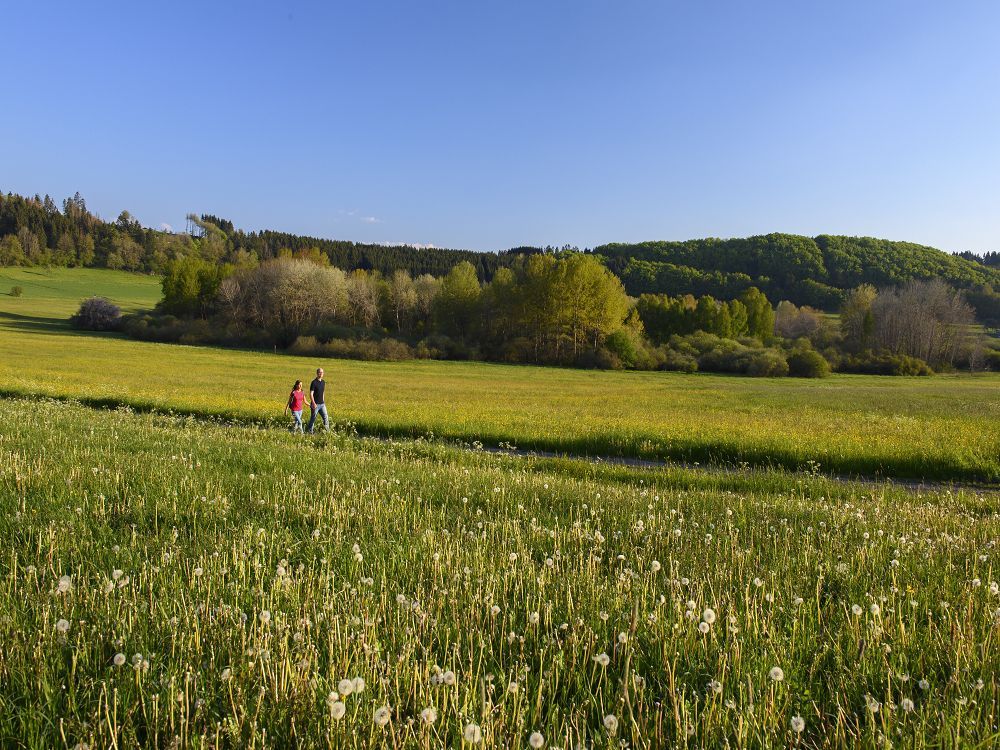
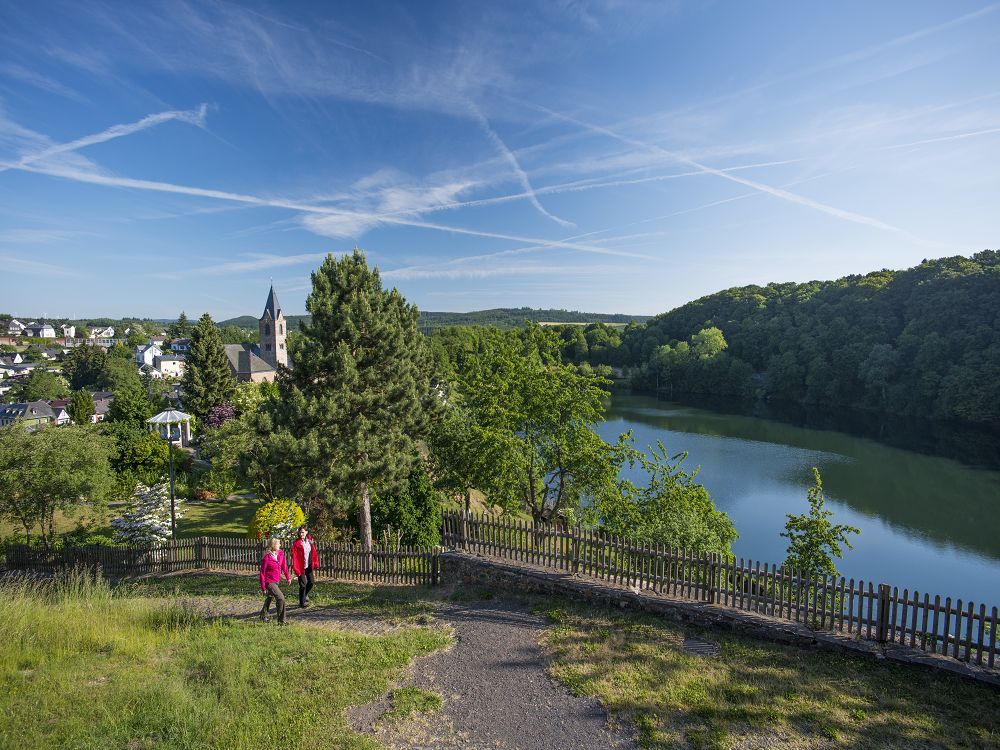
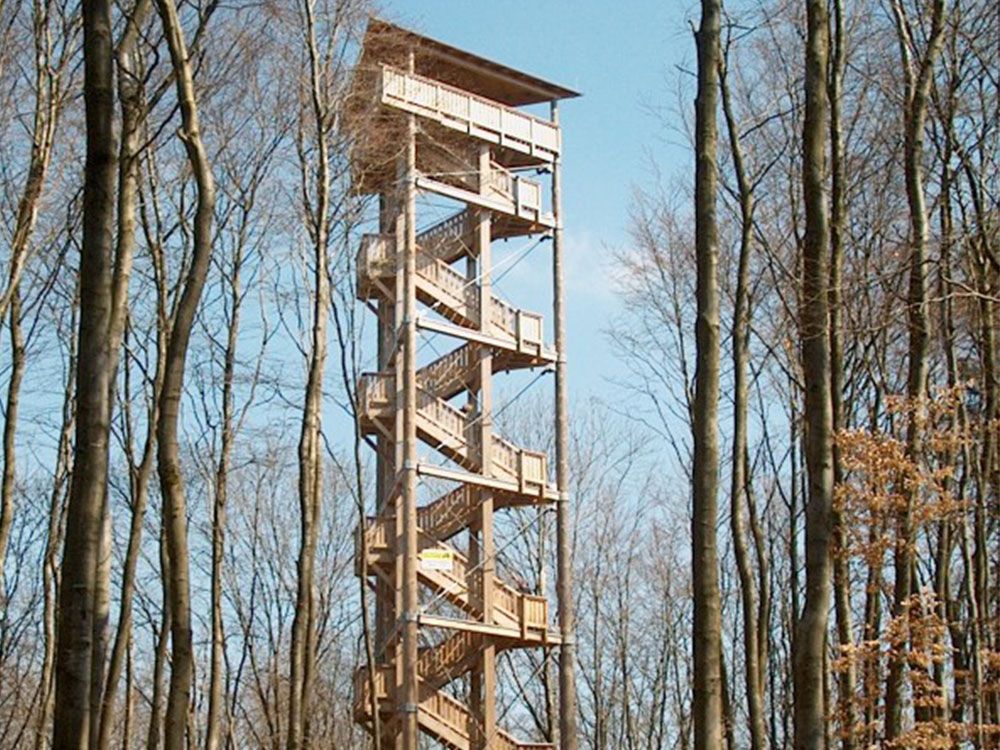
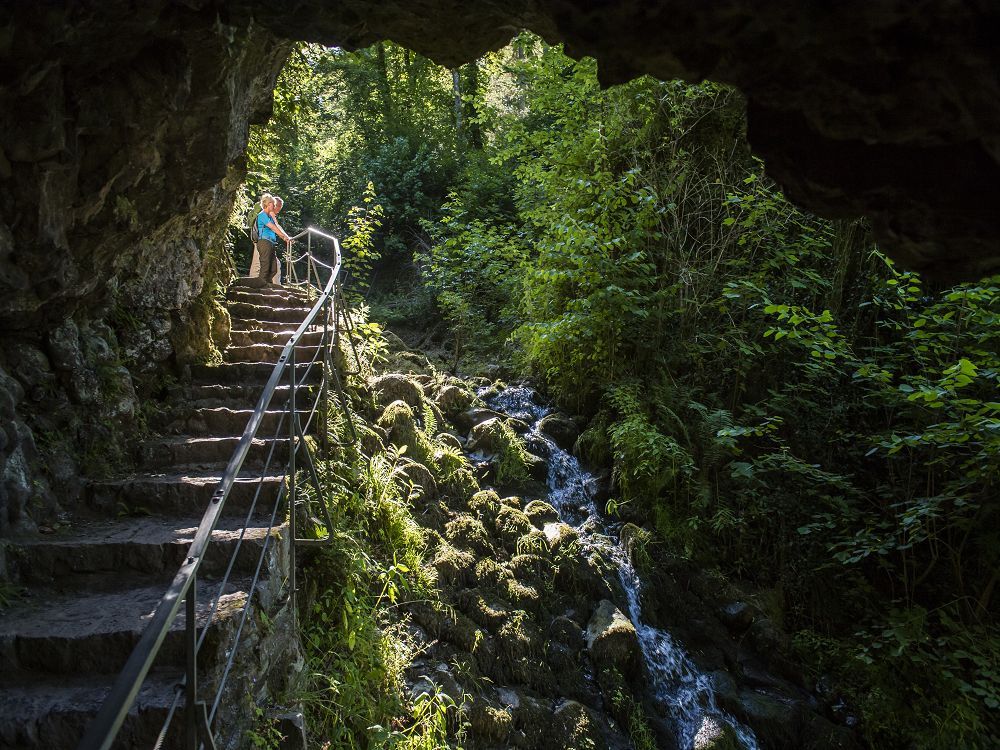
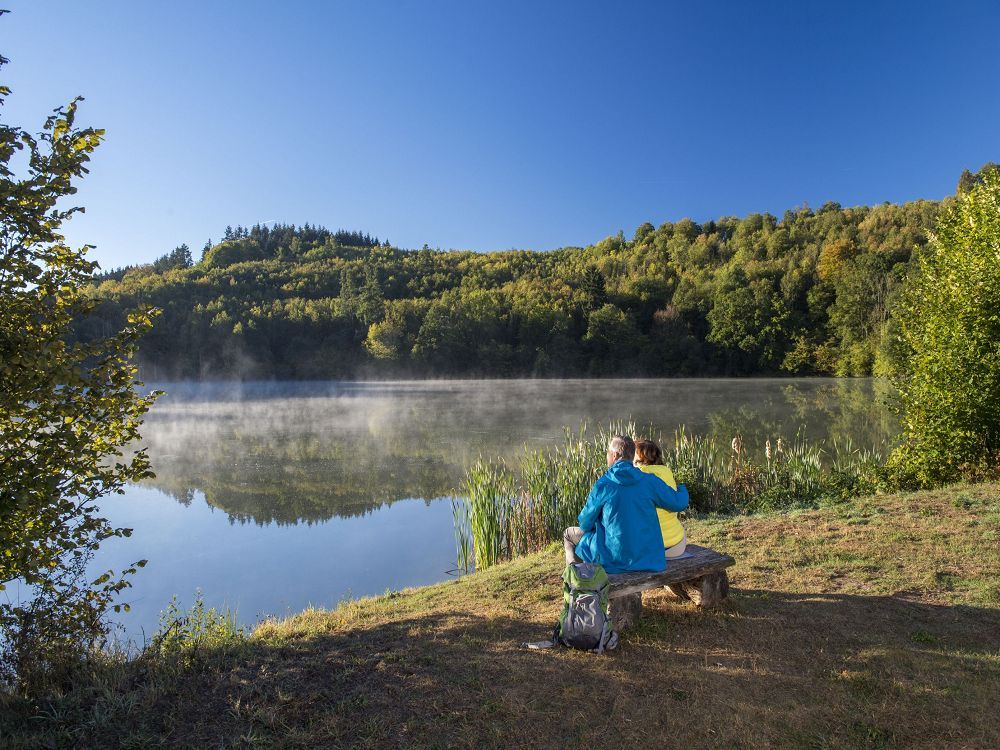
-df08adc9.jpeg)
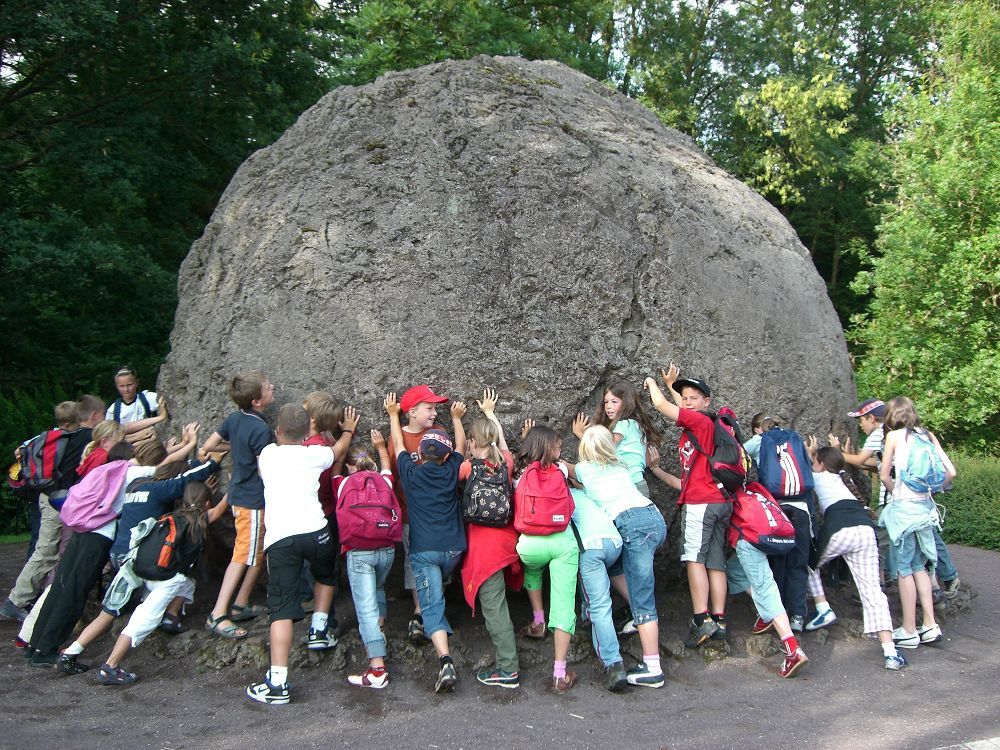
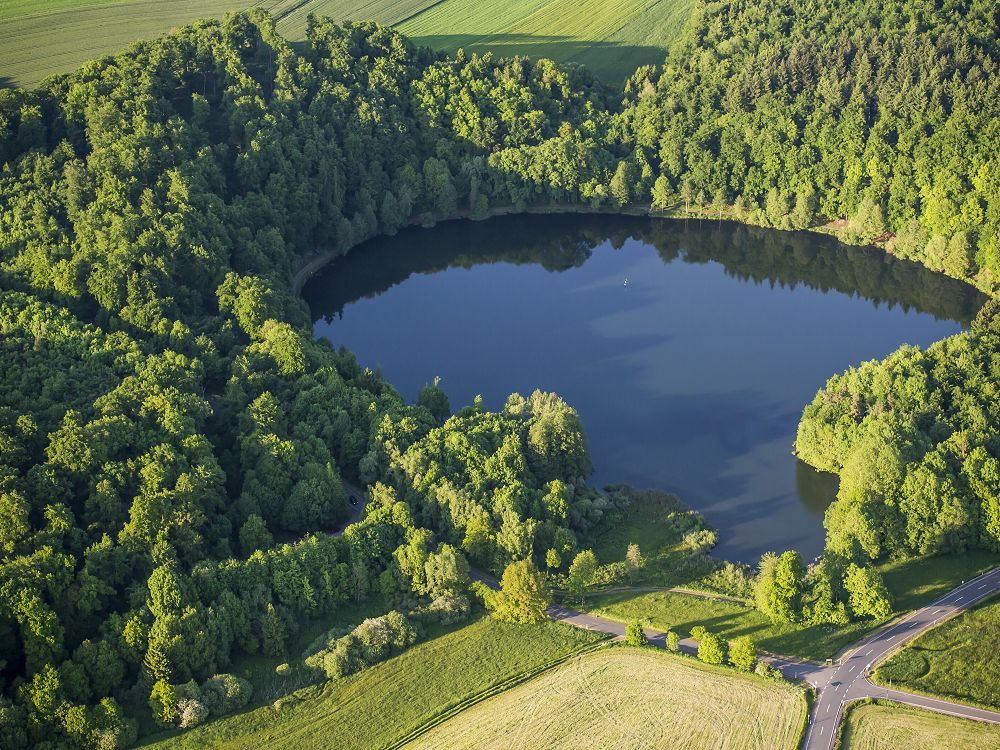
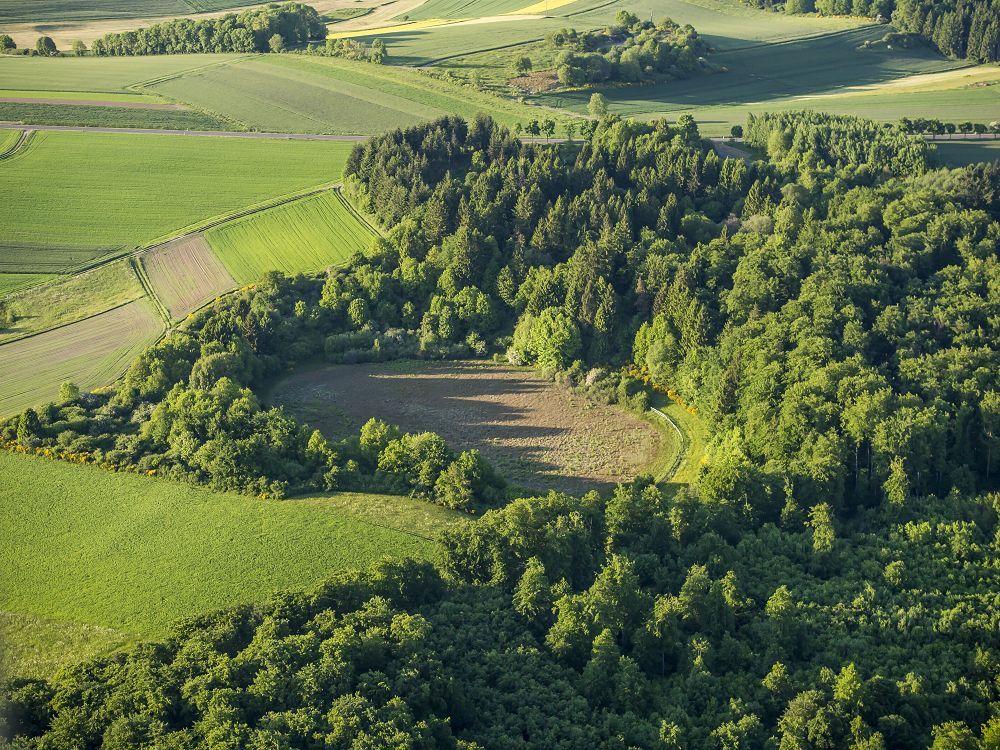
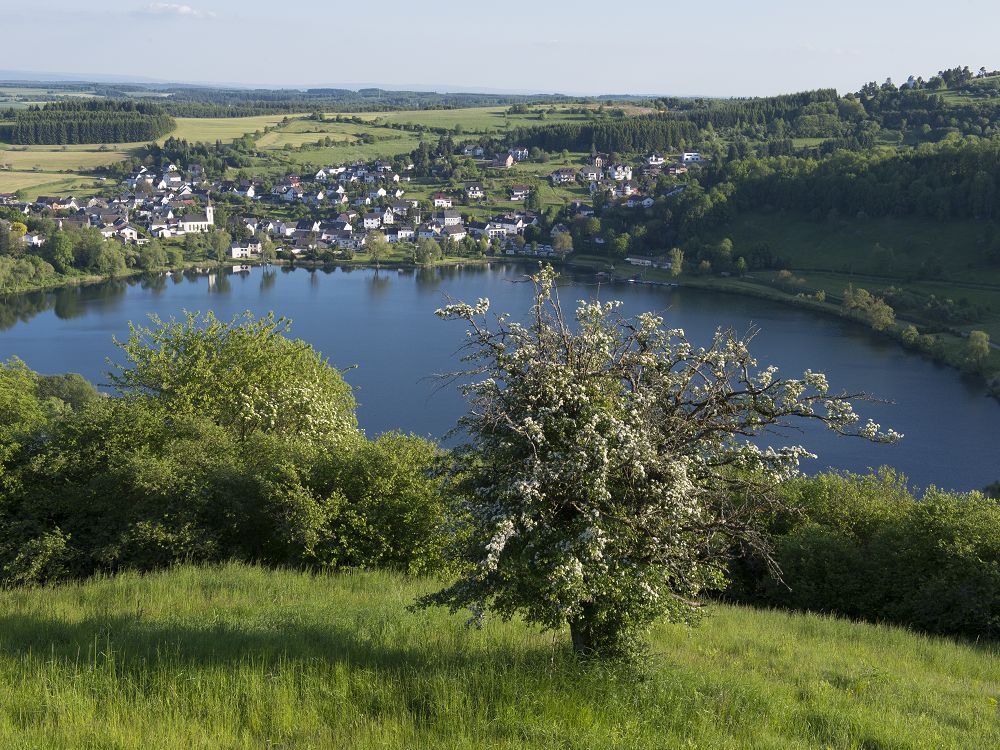
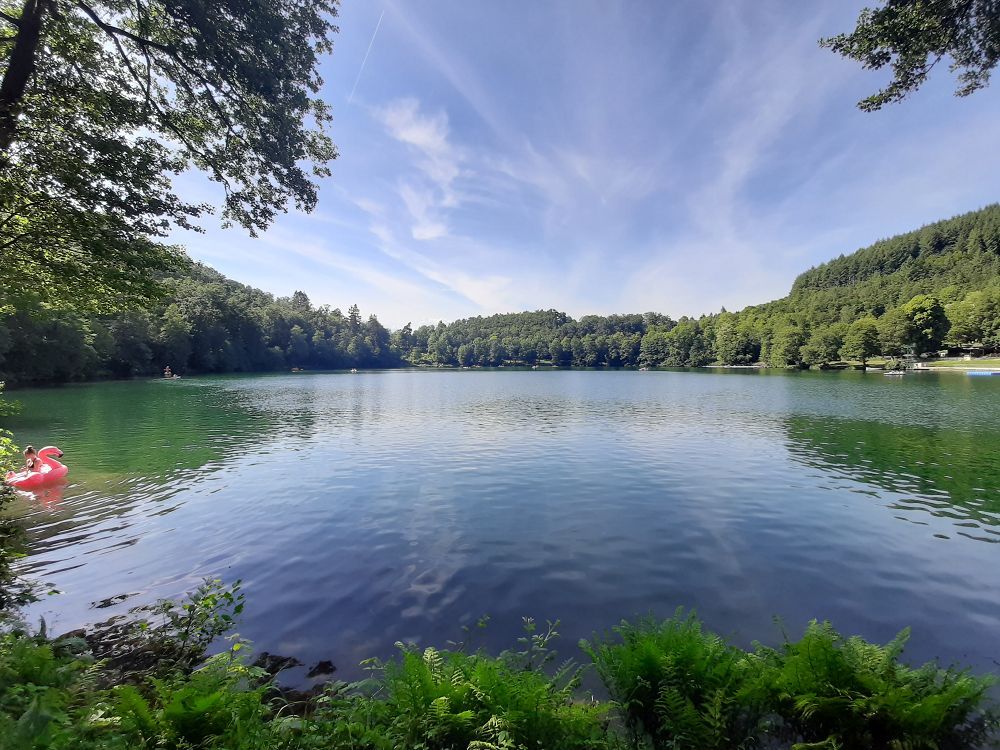
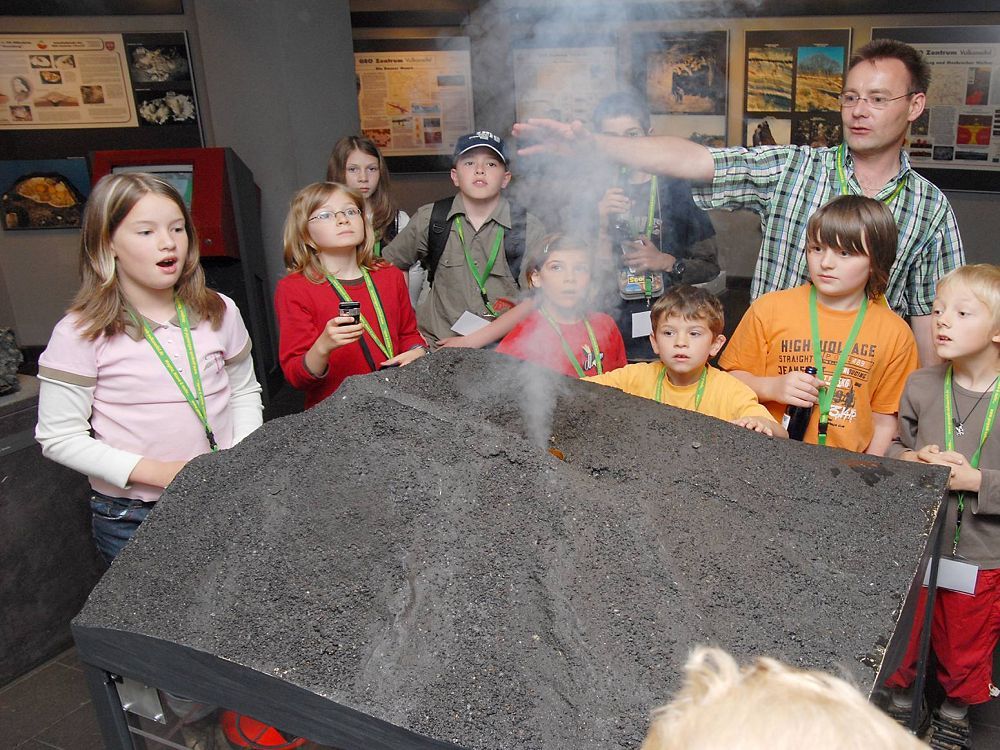
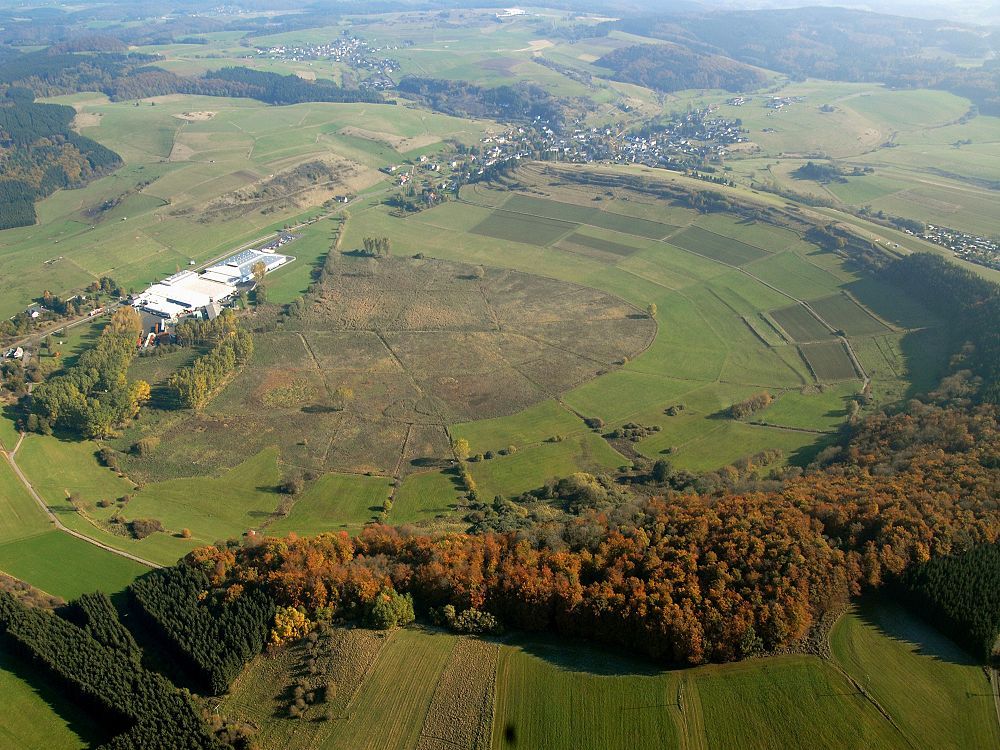
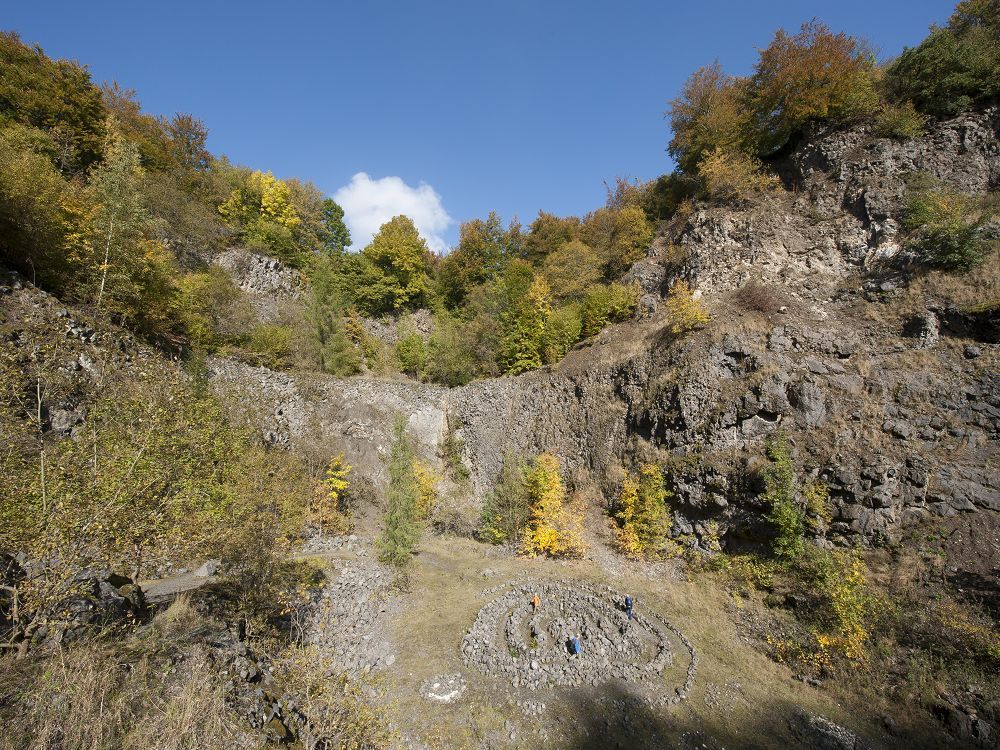
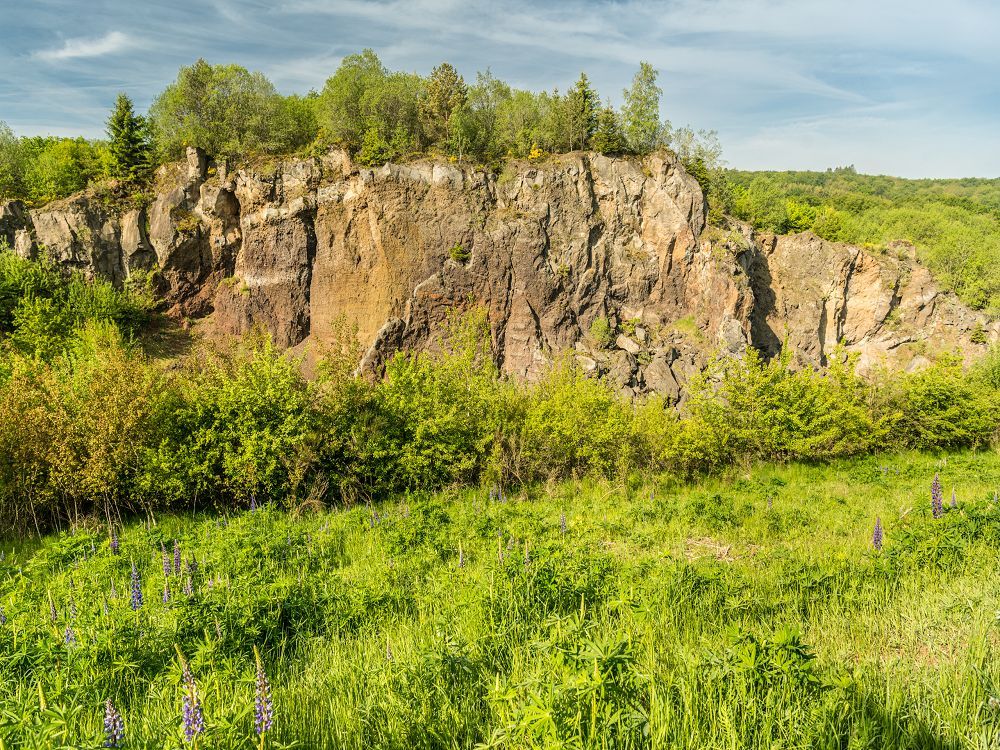
-a6d4c6f8.jpeg)
